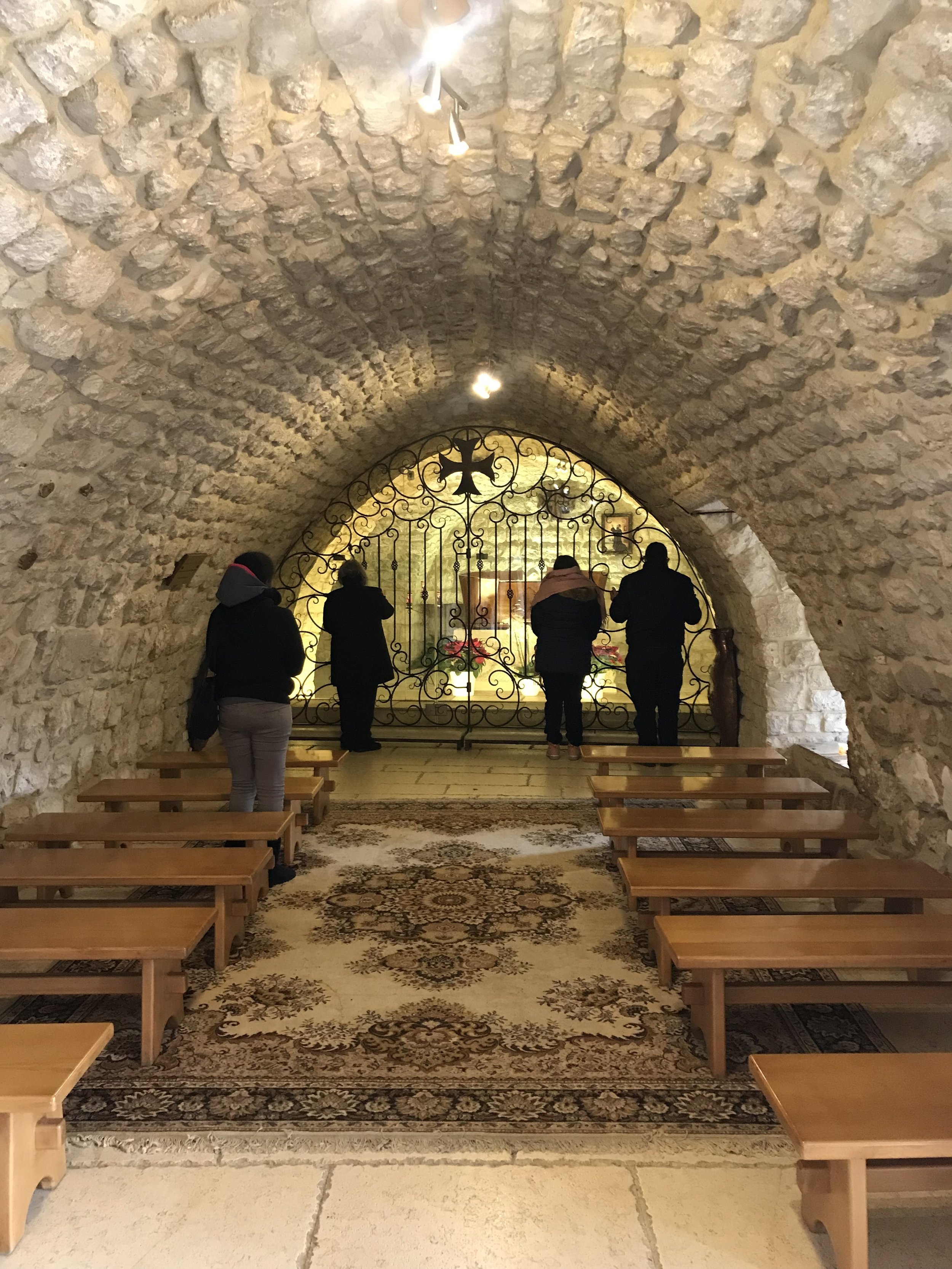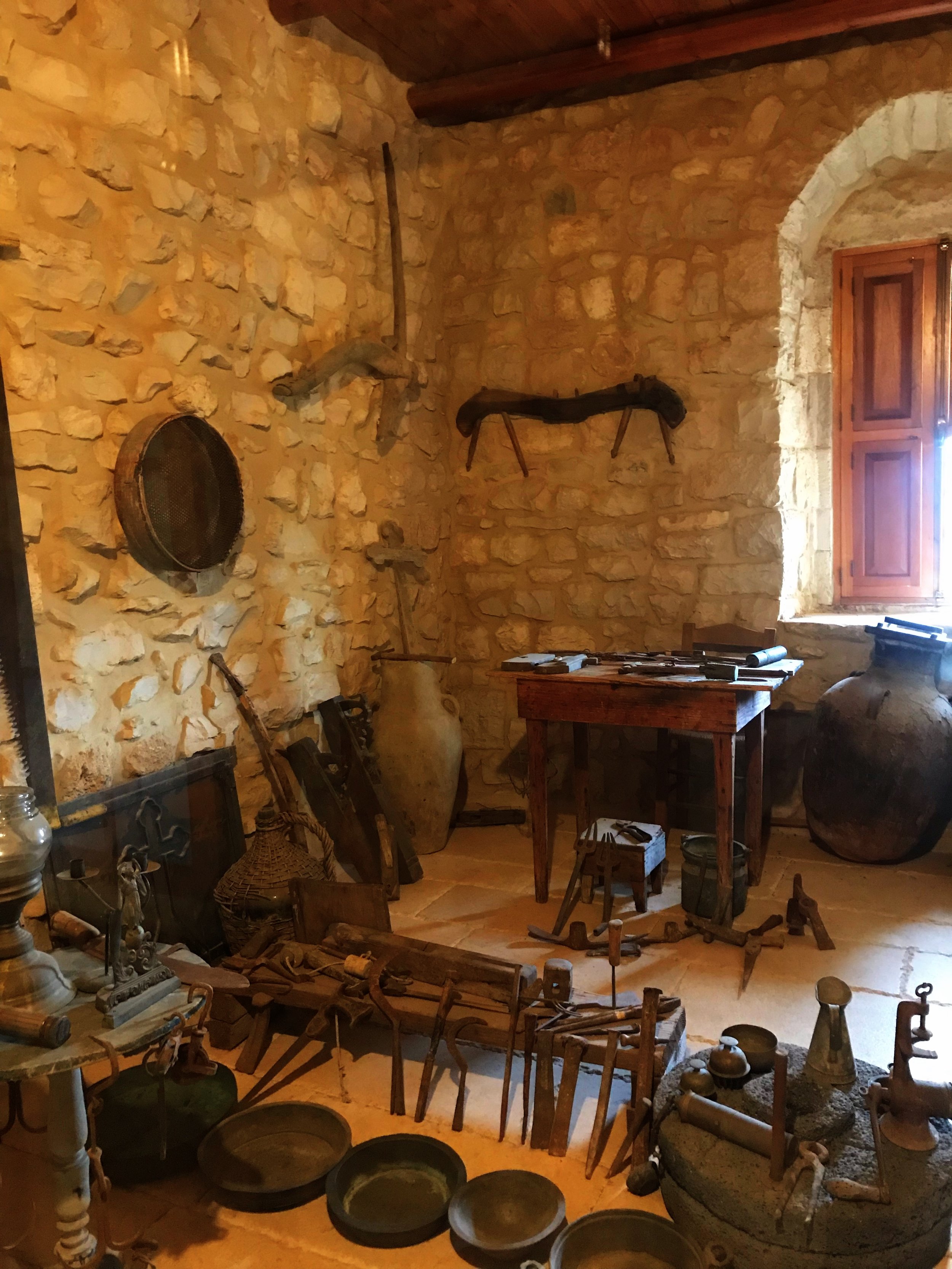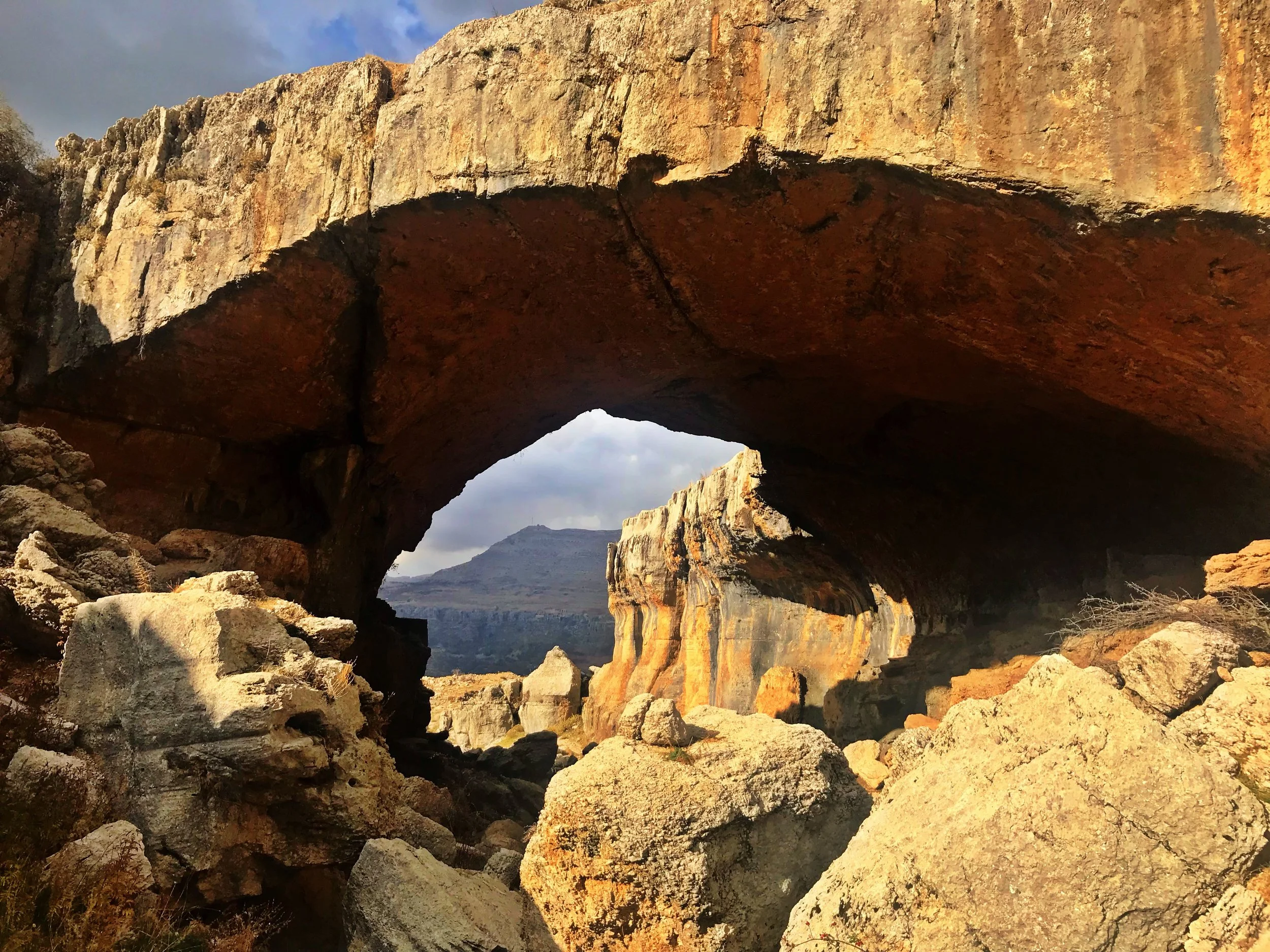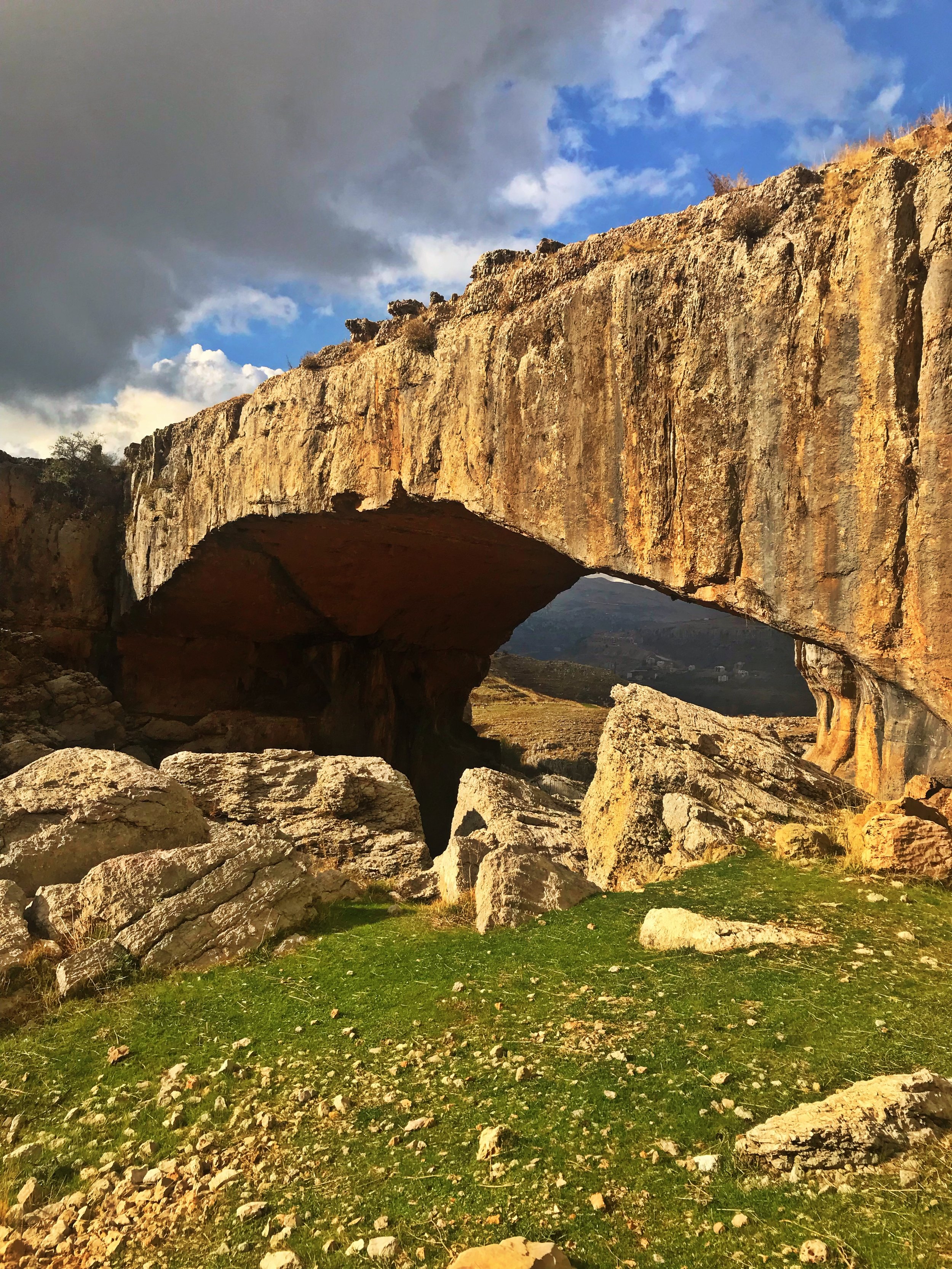Krikor has been running his bakery for the past 57 years with the help of his wife. Krikor starts preparing his own dough at 3:00am each morning. Everything you see inside this small cute bakery is made from Krikor, even the gas and wood oven which only fits 2 manakish at a time.
Krikor specialty is the Bayd bi Awarma (awarma with cheese & egg) be sure to order this! you wont be left disappointed. I can still taste the flavour and its been a week!
Krikor Bakery is located in a small village called Baskinta.
Bakery Opening hours - MONDAY (Closed) TUESDAY - SUNDAY (4:00am - 3:00pm)
If you would like to visit Krikor Bakery you can email info@explorelebanontours.com OR visit www.explorelebanontours.com



















































